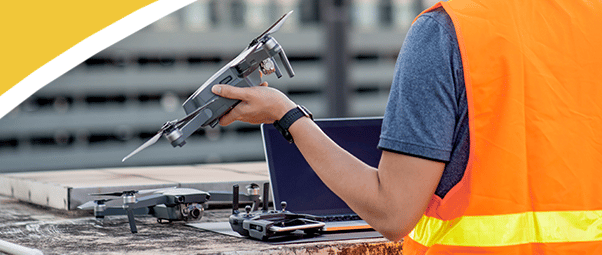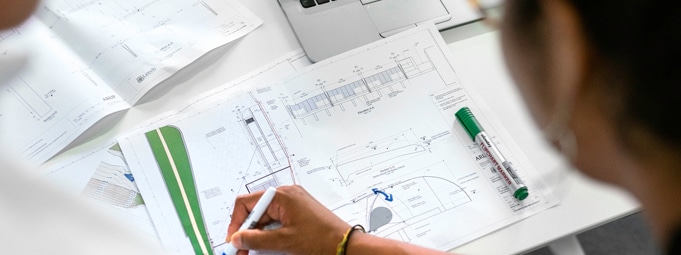Since being introduced to the workplace in the 1980s, computers have greatly altered the world including the construction industry. With time, computers and software began to improve the 2D drawing process, along with the ability to perform complex structural calculations and manual drafts, allowing users to complete designs much more efficiently.
Now in 2023, computational design is a new approach to the design process with far-reaching implications. It transforms the way we create by utilizing computer programs and human analysis for artificial intelligence.
What is Computational Design?
Computational design is a technique for creating things that use complex computer processing to optimize a set of predetermined parameters and procedures. Every action taken by a designer is then converted into machine code. Algorithms for generating design models or finishing design analyses are then produced in the software using this data along with factors unique to the current project.
Typically, a designer would utilize computer-aided design (CAD), Bridge Information Modelling (BrIM) software, and their own expertise and intuition to produce designs.
When used correctly, computational design can be a more effective and helpful way to boost productivity and make designs that are more reliable.
The Three Types of Computational Design
In computational design, there are three processes: parametric design, generative design, and algorithmic design. Each one has a different method in the design process.
- Parametric design employs rules and criteria to provide a design that can be tweaked with little effort.
- Generative design uses algorithms to provide several potential solutions for analysis.
- Algorithmic design constructs a model of a design using algorithms.
What are the Benefits?
Once a designer gets through the learning curve associated with using computational design methods, they will be able to create better solutions specific to their project without performing redundant tasks and thus improving productivity and reducing project costs and time.
One of the biggest benefits of computational design is that learning how to code isn’t necessary to take advantage of this tool. Because of this, a whole new world of customization opens up for designers and engineers. While it’s true that there’s no universal program to meet all of our needs, we can build our own systems that can make our software fit our unique projects.
Computational Design in Bridge Construction
The use of computational design techniques in the bridge construction industry is rapidly expanding. With this technology, contractors can put in site-specific details and get suggestions for how to improve operations to boost productivity and cut costs.
While tools become more advanced and powerful, we need to improve our processes to keep up, and computational design allows bridge engineers and contractors to do that.
Leading the Way at U.S. Bridge
U.S. Bridge uses the best-emerging technologies to create strong and reliable bridges quickly. Over the course of our 80+ year history, we’ve built a reputation known for our wide variety of prefabricated types and unique designs that meet your project’s specifications.
Our exclusive BridgeScope tool gives the power to customize a bridge and get a head start on their project. Contact us today for a quote or any other bridge inquiries.





